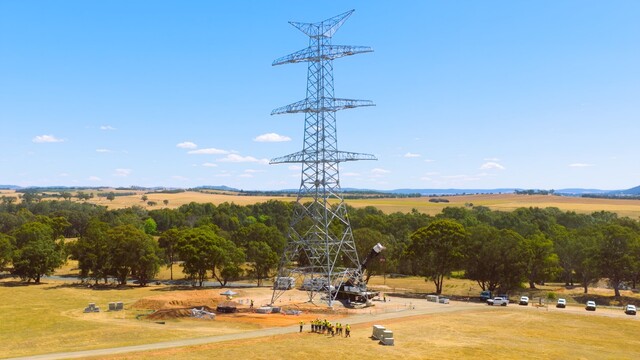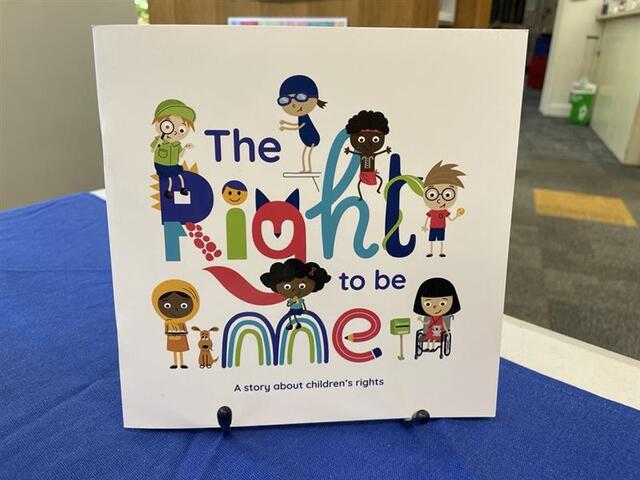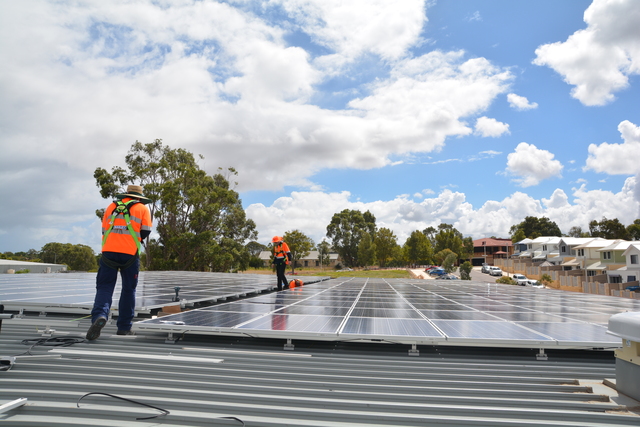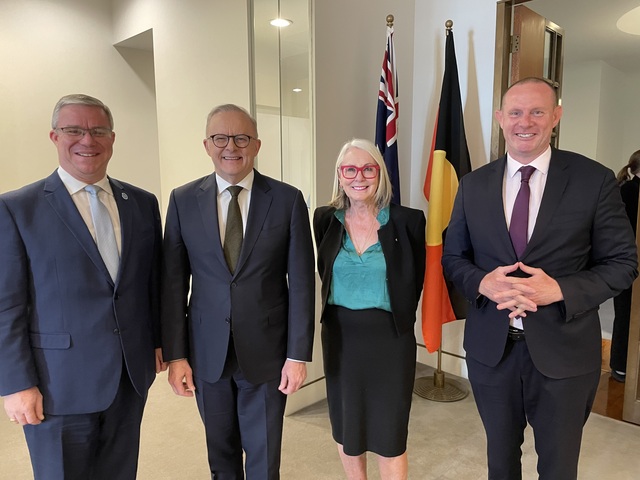Visitors to NSW pump $53,000 into the State’s economy every second – $3.2 million per hour, every hour, each and every day of the year, the LGNSW 2015 Tourism Conference was told.
Destination NSW Chief Executive Sandra Chipchase said NSW led Australia in visitor numbers, visitor nights and visitor expenditure.
“NSW’s $3.2 million compares with $2.5 million per hour for Queensland and $2.4 million for Victoria.
“We’ve been able to reverse the decline in tourism with a renewed focus on growing the value of the visitor spend and by ensuring that NSW tourism is export-ready.”
Ms Chipchase said key markets such as China and India were playing a vital role in increasing both the number of visitors and tourism spending.
Also benefitting NSW was the rise of sports tourism, with the State hosting the opening series of major league baseball, the bulk of the British and Irish Lions rugby games, and the World Rally Championships in Coffs Harbour – just a small sample of events.
“Melbourne may think they’re the sports capital of Australia, but we’ve got news for them,” Ms Chipchase said.
“Watch this space.”
Earlier, LGNSW President Keith Rhoades told delegates regional tourism alone accounted for almost $10 billion per year.
“But the benefits go well beyond economics, tourism is helping to revitalise regional centres and making remarkable contributions to the lifeblood of regional and rural communities.
“Local Councils are involved in this sector from land use and transport links right through to rural and regional promotion, tourism is a vital part of their development and strategic plans.”
Professor Tara Brabazon, whose latest book Unique Urbanity examines economic, social and cultural development in small cities, told the Conference that local government was critical to the regeneration of health and happiness in regional or ‘third tier’ cities.
She called on local government delegates to ensure they were taking an integrated approach to community planning, development, and tourism.
“Tourism is the steering wheel that integrates economic, social and cultural development.”








